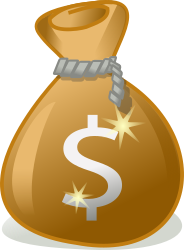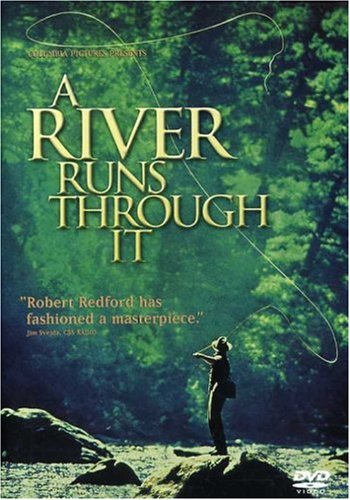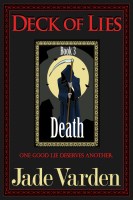Some storytellers know how to be frightening. But does it come to them naturally, or is being scary a skill that writers can learn?
Boo
Like most things, writing is about 10% artistry and 90% grueling work. In other words, I believe much of the skills that create a writer can be learned. And if you can learn to write, you can definitely learn to be scary.
After all, isn't it something that everyone practices doing every single October? For Halloween, people dress up to look frightening and throw parties meant to scare their guests. Haven't you ever pulled a prank on someone, or crept up behind a friend to startle them? You've done stuff to scare other people before. Now, you have to harness that innate streak of meanness...and put it on the page.
It's okay to be a little mean, sometimes. That's really what scaring people is all about. That...and a few other tricks.
- Sudden shock: This is a classic horror device you'll find in every single scary movie. The sudden shock is a surprise scare that comes out of nowhere. You set the stage by painting a scene that feels calm to the reader. For example, the heroine is reading a book in the library. She's snuggled up in some large chair and there's a roaring fire. Maybe even the pitter-patter of rain on the window. Nice and cozy, right? It is until all the lights go out and a defeaning scream renders the air! ...And that's an example of the sudden shock, only please pretend it's written in a much more compelling fashion.
- Slow suspense: To really understand suspense, watch some Hitchcock movies. He was a master of dragging out the thrilling moment you just knew was coming. Create slow suspense in your books by painting vivid scenes with words. Plant little hints and moments in the scenes that lead up to the moment. An example might be your heroine walking up a flight of stars and down a long, dark hall. With each step, she's expecting the crazed maniac to leap out at her. Each breath, each sound, each moment is agony. By the time she gets to the end of the hall, the wait is just unbearable.
- The unexpected event: Create true horror with the unexpected event. It isn't enough to scare your readers. They're expecting a scare. Now, you've got to surprise them. Instead of waiting for the heroine at the end of the hall, after all that torturous suspense, there is no crazed maniac. It's only an empty wall. She laughs, a little hysterically, and turns back around. The killer leaps out at her from the ceiling! He's been suspended above her head the whole time. This unexpected event is surprising and scary.
With those three tricks in your writing bag, you should be able to scare readers. It also helps a great deal if you come up with a protagonist that people want to root for and a villain that's totally frightening. Think about all the stuff that scares you when you need new ideas. What gives you nightmares? What makes your skin crawl? What do you envision when you picture a guy you absolutely wouldn't want to mess with?
You've experienced fear, and you've probably tried to frighten others. That means you're already halfway to writing a great horror story. So think scary, and use writing tricks to make your words come out that way.



































